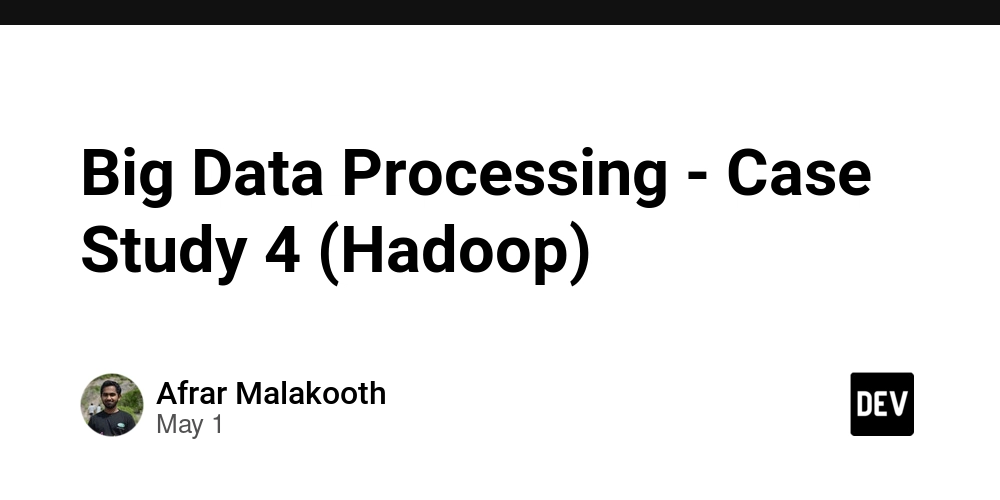Understanding MCP Servers: The Model Context Protocol Explained
As AI technologies continue to evolve, developers are constantly seeking ways to enhance and streamline interactions with large language models (LLMs). One significant advancement in this space is the Model Context Protocol (MCP), recently introduced by Anthropic, and its implementation through MCP servers. In this article, I'll share my findings and experiences with MCP servers, exploring what they are, why they matter, and how you can get started with them. What is the Model Context Protocol? The Model Context Protocol (MCP) is a standardized communication protocol that defines how applications interact with language models while efficiently managing context. It was designed to address the limitations of traditional API interactions with LLMs, particularly around context management. The protocol enables developers to create applications that can have more natural, ongoing conversations with AI models without constantly hitting context limitations. What is an MCP Server? An MCP server is a specialized server that implements the Model Context Protocol, designed to enhance interactions with LLMs by managing contextual information more efficiently. In essence, it serves as a middleware between your application and language models, providing optimized context handling, memory management, and state persistence across interactions. Unlike traditional API calls to language models where context is handled within each request, an MCP server maintains context as a first-class citizen, allowing for more sophisticated and efficient AI interactions. Why Would I Need an MCP Server? The need for MCP servers arises from several limitations in standard LLM interactions. Here is a comparison between traditional LLM calls and MCP Server Approach. Traditional LLM Calls

As AI technologies continue to evolve, developers are constantly seeking ways to enhance and streamline interactions with large language models (LLMs). One significant advancement in this space is the Model Context Protocol (MCP), recently introduced by Anthropic, and its implementation through MCP servers. In this article, I'll share my findings and experiences with MCP servers, exploring what they are, why they matter, and how you can get started with them.
What is the Model Context Protocol?
The Model Context Protocol (MCP) is a standardized communication protocol that defines how applications interact with language models while efficiently managing context. It was designed to address the limitations of traditional API interactions with LLMs, particularly around context management.
The protocol enables developers to create applications that can have more natural, ongoing conversations with AI models without constantly hitting context limitations.
What is an MCP Server?
An MCP server is a specialized server that implements the Model Context Protocol, designed to enhance interactions with LLMs by managing contextual information more efficiently. In essence, it serves as a middleware between your application and language models, providing optimized context handling, memory management, and state persistence across interactions.
Unlike traditional API calls to language models where context is handled within each request, an MCP server maintains context as a first-class citizen, allowing for more sophisticated and efficient AI interactions.
Why Would I Need an MCP Server?
The need for MCP servers arises from several limitations in standard LLM interactions. Here is a comparison between traditional LLM calls and MCP Server Approach.




















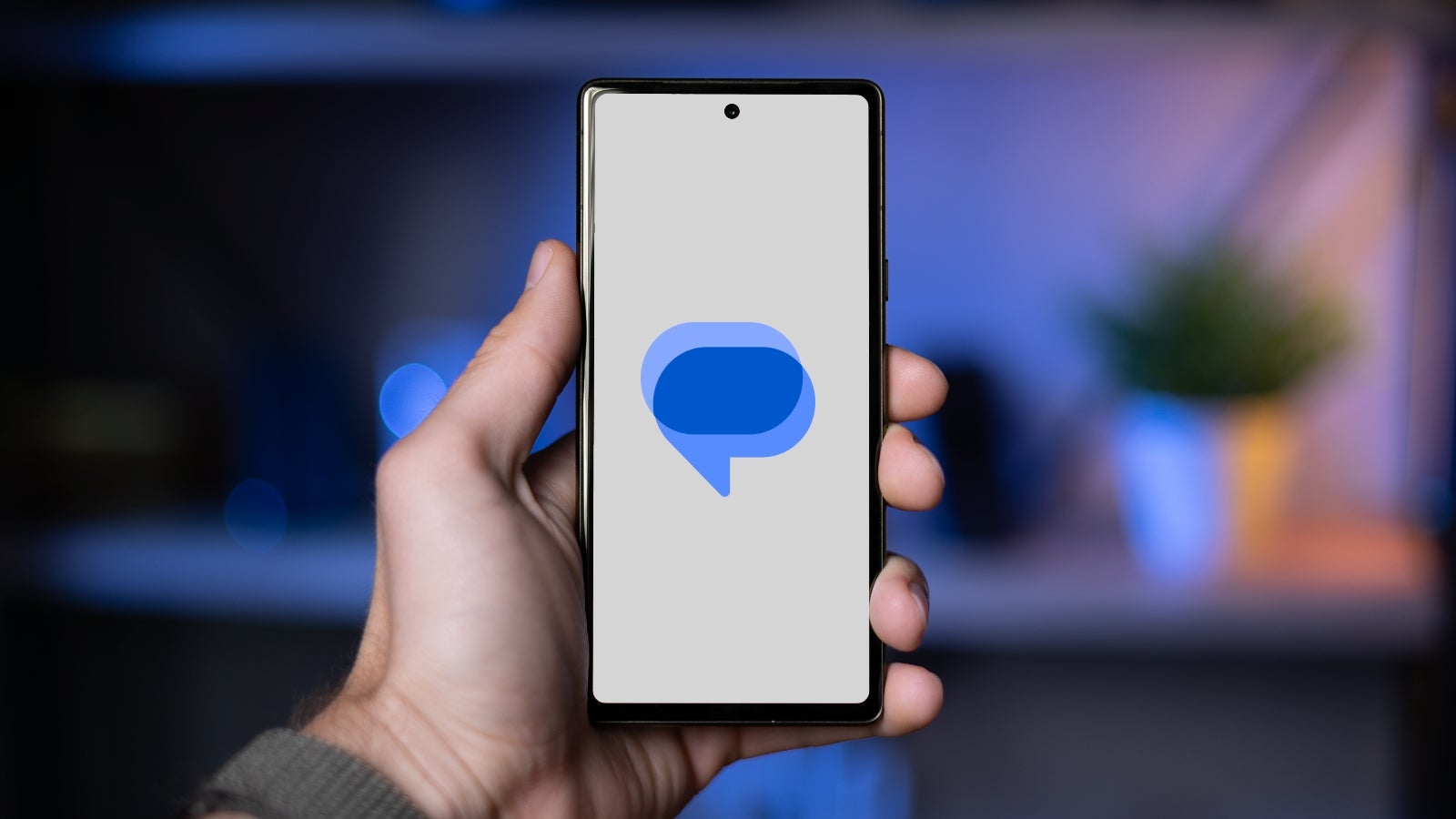




















































![New iPad 11 (A16) On Sale for Just $277.78! [Lowest Price Ever]](https://www.iclarified.com/images/news/97273/97273/97273-640.jpg)

![Apple Foldable iPhone to Feature New Display Tech, 19% Thinner Panel [Rumor]](https://www.iclarified.com/images/news/97271/97271/97271-640.jpg)
![Apple Shares New Mother's Day Ad: 'A Gift for Mom' [Video]](https://www.iclarified.com/images/news/97267/97267/97267-640.jpg)




























-xl.jpg)



















































































 Evolved as a Predominant Framework for Ransomware Attacks.webp?#)






























































































































![[The AI Show Episode 146]: Rise of “AI-First” Companies, AI Job Disruption, GPT-4o Update Gets Rolled Back, How Big Consulting Firms Use AI, and Meta AI App](https://www.marketingaiinstitute.com/hubfs/ep%20146%20cover.png)















































































































![Ditching a Microsoft Job to Enter Startup Hell with Lonewolf Engineer Sam Crombie [Podcast #171]](https://cdn.hashnode.com/res/hashnode/image/upload/v1746753508177/0cd57f66-fdb0-4972-b285-1443a7db39fc.png?#)


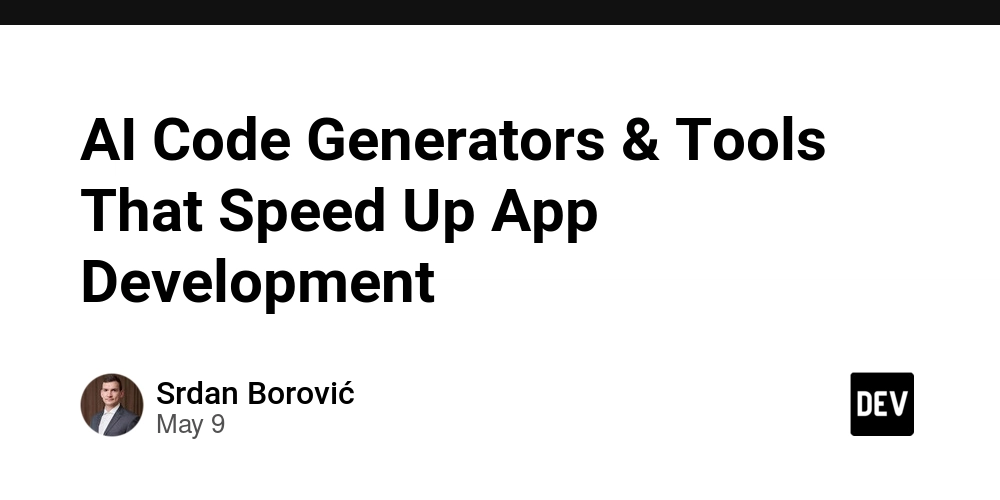











































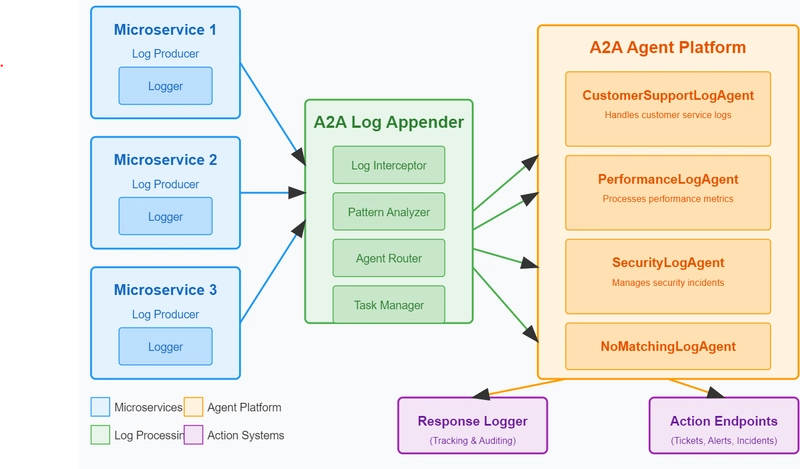
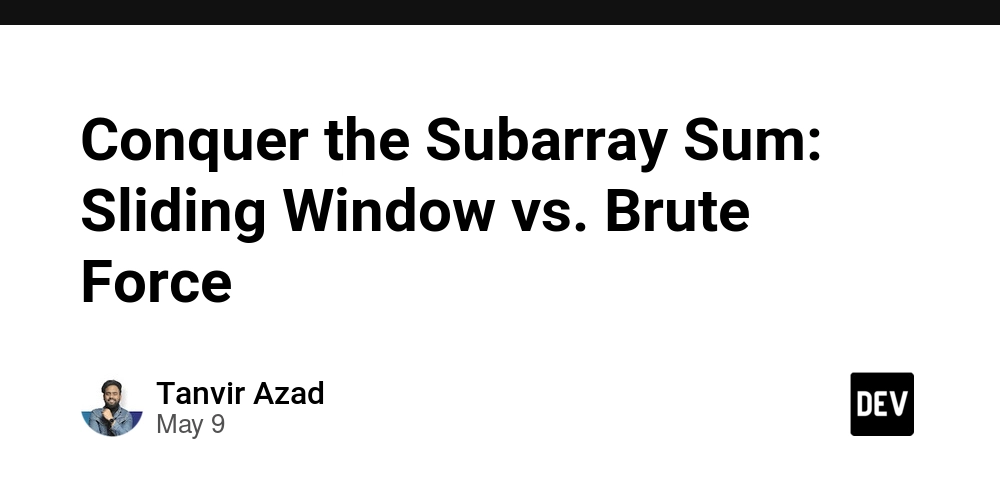




























-Nintendo-Switch-2-Hands-On-Preview-Mario-Kart-World-Impressions-&-More!-00-10-30.png?width=1920&height=1920&fit=bounds&quality=70&format=jpg&auto=webp#)





















































.jpg?width=1920&height=1920&fit=bounds&quality=70&format=jpg&auto=webp#)













